Aesop’s Fables For Early Readers Keywords The Ass And The Grasshopper
₹100.00 Inclusive all Taxes
Introduce your child to the timeless tales of Aesop’s Fables with stories specially designed for early readers. The book includes delightful narratives like “The Ass and the Grasshopper”, teaching valuable life lessons in an engaging way. Easy-to-read text and vibrant illustrations make this collection perfect for young learners.
Explore morals such as appreciating your unique talents and understanding others’ perspectives. This classic tale will captivate little minds while fostering a love for storytelling. Perfect for bedtime reading or independent exploration.
Ideal for children aged 4-8, this book is a wonderful addition to your child’s library.
The Ass And The Grasshopper Aesop’s Fables have delighted children and adults for centuries, offering timeless lessons wrapped in charming tales. “The Ass and the Grasshopper”, one of Aesop’s most engaging stories, is perfect for early readers, blending humor with a valuable life lesson. This classic fable not only entertains but also encourages young minds to think about the importance of being true to oneself and appreciating one’s unique abilities.
Engaging Storyline for Early Readers
In “The Ass and the Grasshopper”, a curious donkey becomes enchanted by the beautiful songs of a grasshopper. The grasshopper’s chirping fills the air with music, capturing the donkey’s imagination. Longing to sing just as beautifully, the donkey embarks on a whimsical quest to discover the secret behind the grasshopper’s enchanting melody. He tries everything he can, even nibbling on the same dew-covered herbs the grasshopper claims as her secret. However, despite his efforts, the donkey’s brays remain just that—brays. Through this amusing journey, the fable imparts a lesson on the futility of trying to imitate others when one’s own strengths are worth celebrating.
Why Early Readers Love It
This fable resonates with early readers for its simplicity, humor, and relatable characters. The dialogue between the donkey and the grasshopper is easy to follow, making it ideal for children who are just starting to explore the world of books. The donkey’s endearing yet misguided attempts at mimicry evoke laughter, while the grasshopper’s wisdom imparts a sense of understanding and resolution.
Moral of the Story
The story teaches the timeless lesson that every individual has unique talents and that trying to imitate others may not always lead to success or happiness. It encourages children to embrace their own strengths and to appreciate what makes them special. For young readers, this moral is especially valuable as they navigate the journey of self-discovery and individuality.
Educational Benefits
- Language Development:
Early readers benefit from the story’s simple vocabulary and rhythmic narrative, which help enhance reading fluency and comprehension. - Critical Thinking:
The tale encourages children to reflect on the actions of the donkey and the grasshopper, prompting discussions about why the donkey’s approach didn’t work and what he could have done differently. - Character Building:
By presenting the concept of self-acceptance, the story fosters a positive attitude toward individuality and personal growth.
Bringing the Story to Life
Parents and educators can bring “The Ass and the Grasshopper” to life through engaging activities:
- Storytime Dramatization: Children can take on the roles of the donkey and the grasshopper, acting out the scenes for fun and understanding.
- Art Projects: Encourage young readers to draw their favorite parts of the story, such as the donkey nibbling on herbs or the grasshopper singing.
- Discussion Time: Guide a conversation about what makes each child unique, using the moral of the fable as a foundation.
Aesop’s Fables: A Timeless Treasure
Aesop’s Fables, including “The Ass and the Grasshopper”, are more than just stories—they are tools for shaping young minds. Early readers gain not only entertainment but also foundational values that guide them through life. With its delightful humor and heartfelt message, this fable is a must-have for every child’s bookshelf. Whether read aloud at bedtime or explored independently, “The Ass and the Grasshopper” is a story that children will treasure and learn from for years to come.
| Weight | 0.505 kg |
|---|---|
| Dimensions | 23 × 0.2 × 23 cm |
| Age | |
| Assembly Required | No |
| Batteries Included | No |
| Batteries Required | No |
| Brands | |
| Color | MultiColor |
| Country of Origin | Made In India |
| Gender | |
| HSN Code | 4901 |
| Remote Controlled Included | No |
Be the first to review “Aesop’s Fables For Early Readers Keywords The Ass And The Grasshopper” Cancel reply
This site uses Akismet to reduce spam. Learn how your comment data is processed.




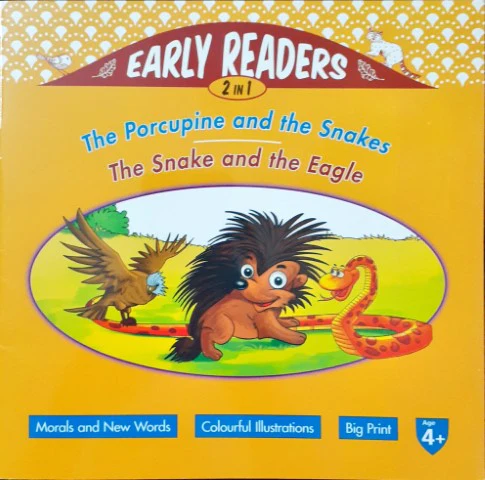
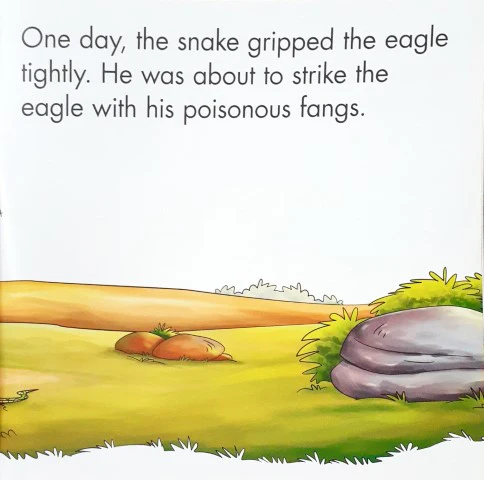
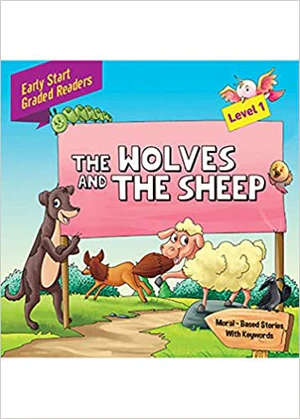





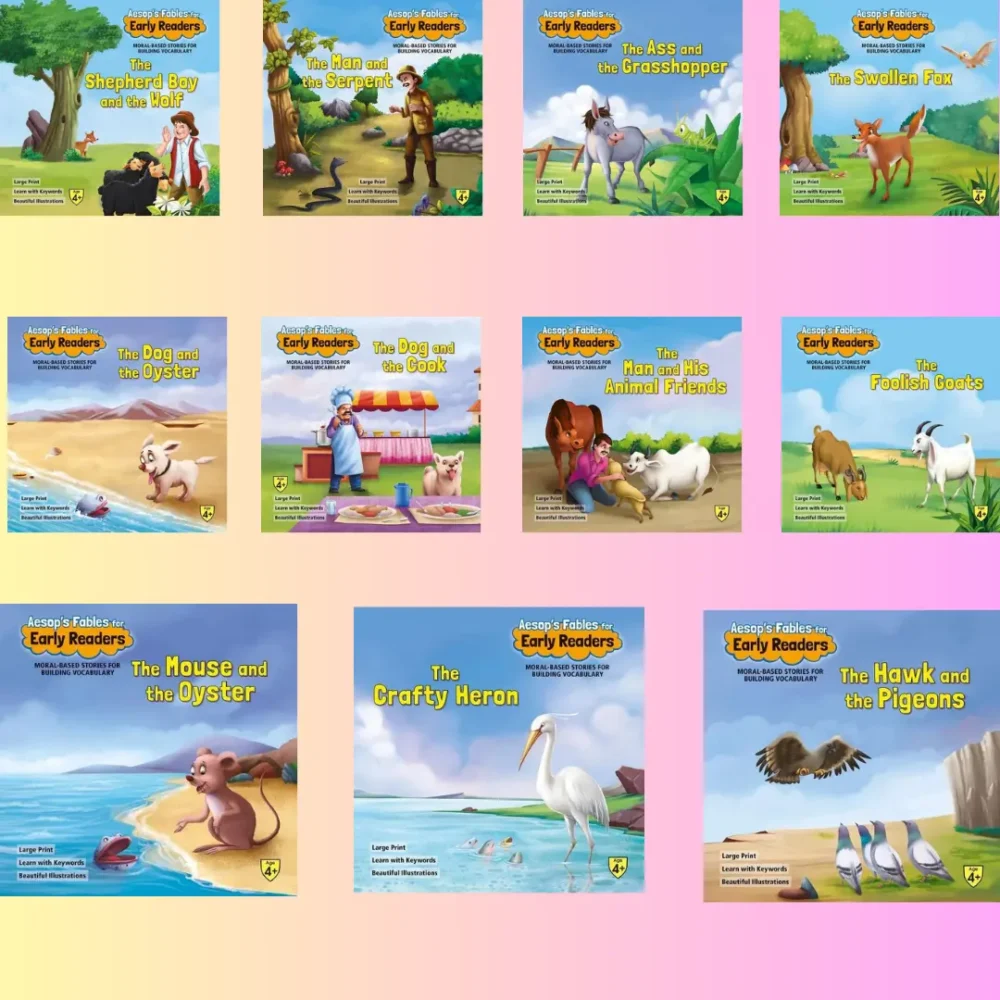

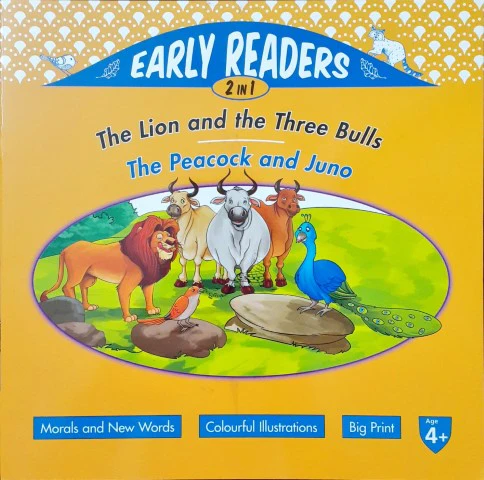

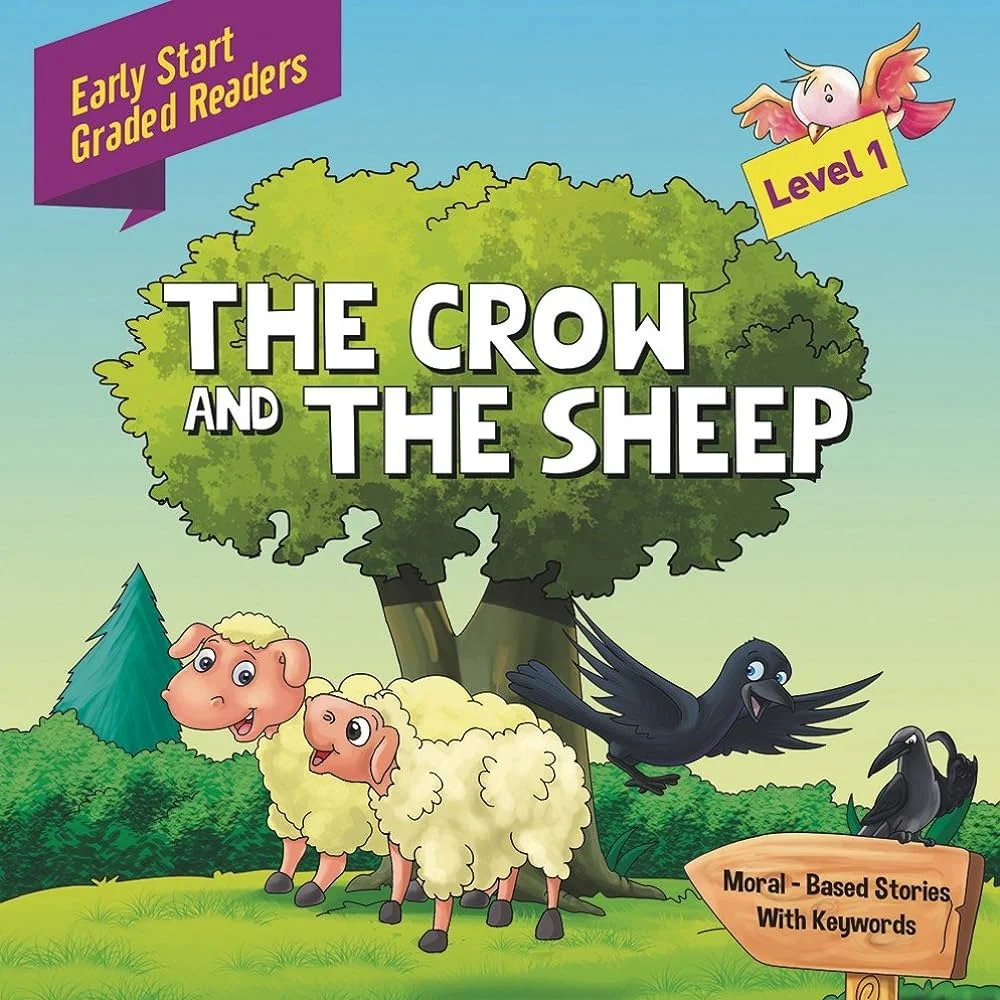


Reviews
There are no reviews yet.